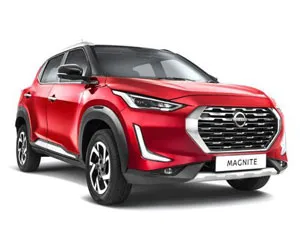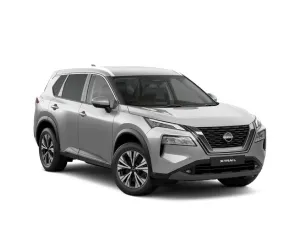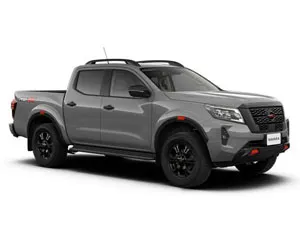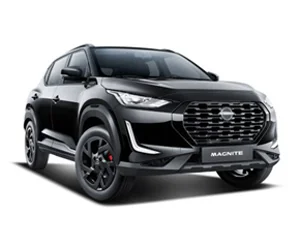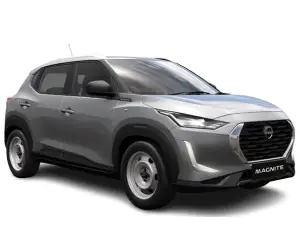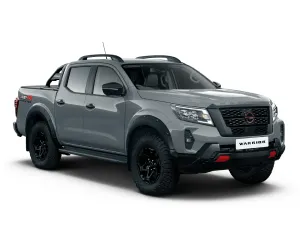Power, affordability and efficiency put the Nissan battery-electric vehicle’s propulsion system on our 2025 Wards 10 Best winners list.
Way back in December 2010, the 110-hp propulsion system in the then-new Nissan Leaf became a Wards 10 Best Engines inaugural all-electric powertrain winner – and set the course for us changing the name of the competition to Wards 10 Best Engines and Propulsion Systems.
Fifteen years later, its déjà vu, as the now-new third-gen Leaf’s all-electric powertrain takes a spot on our 2025 Wards 10 Best Engines & Propulsion Systems’ winners’ list.
While high-priced, dual-motor battery-electric vehicles have flooded the U.S. market in the ensuing 15 years, our judges agree Nissan’s new 214-hp, single-motor propulsion system represents a great value as well as gives the car — now more of a crossover — a new level of thrilling performance. Our Platinum+ grade test vehicle carried an MSRP of $38,990, but base and mid-grade Leafs start closer to $30,000.
The new 2026 Leaf’s powertrain generates 261 lb.-ft. (354 Nm) of torque, up from 207 lb.-ft. (280 Nm) for that 2011 first-gen model, making for strong off-the-line jump even in standard-drive mode. The sport-mode setting takes it up a notch, giving the small CUV a pocket-rocket-like character, turning an ordinary freeway entrance ramp into a launch pad.
Indeed, the instant torque of increasingly advanced motors means even more modestly priced BEVs can enjoy the kind of off-the-line acceleration once associated only with internal-combustion engines in high-performance vehicles. The propulsion system in the new Leaf makes it torquier than some of Nissan’s legendary V-6 VQ engines, which ranged from 205 lb.-ft. to 274 lb.-ft. (278-371 Nm) in a number of Nissan and Infiniti models in the mid-to-late 1990s and early aughts. The Nissan VQ holds the record for most Wards 10 Best Engines’ wins, with 16 from 1995-2015, including 14 straight trophies from 1995-2008.
“Most buyers won’t only be satisfied; they’ll be pleasantly surprised at the power and torque in the Leaf — especially at this price point,” says Wards 10 Best judge Dave Zoia, adding: “Leaf buyers no doubt will appreciate the car’s freeway credentials as there’s plenty of power from the propulsion system for merging into speeding traffic and zipping around the slowboats. It’s a solid bargain in the BEV space — and a lot of fun to boot.”
Nissan engineers have optimized the Leaf’s powertrain for the 2026 model, incorporating the motor, reducer and inverter in a new compact 3-in-1 design that is 10% smaller than those three elements combined in the 2025 Leaf’s propulsion system. Noise reduction is also a benefit of the smaller size, as the increased structural rigidity helps quell undesired sound, Nissan says.
Engineers also achieved a 75% reduction in vibration compared with the second-gen’s propulsion system by opting for a new six-stage skew rotor. The design, which slightly offsets rotor slots, suppresses vibrations caused by magnetic forces, the automaker says, adding that a new press-fit structure for the rotor’s internal case also is another element that helps damper vibrations.
And that great performance? That can be credited in part to a decision by engineers to use a flat wire coil with a high occupancy ratio, raising the amount of electrical current flow and increasing motor output. Meanwhile, the inverter’s power module has a double-sided cooling structure for efficiency improvements, notably in the high-speed range, Nissan says.
Our judges especially enjoyed the fact the Leaf’s athleticism doesn’t come at the expense of efficiency. Their test drives around Metro Detroit this summer achieved, on the low-end, a solid 3.4 miles/kWh and, on the high-end, a fantastic 3.9 miles/kWh.
Unlike the mere 73 miles (120 km) available in the 2011 Leaf, the new Leaf’s range is robust enough to take a driver on more than a series of short hops around town before needing a charge. Depending on the trim level and its features, the 2026 Leaf goes roughly 250-300 miles (402-483 km) on its 75-kWh lithium-ion battery pack. It also has a NACS port for DC fast-charging up to 150 kW, with a specified 10%-to-80% charge time of 35 minutes.
“You might imagine that driving the car is going to be an underwhelming experience when you press the throttle,” said 10 Best Judge Gary Vasilash, later adding: “But the Leaf’s propulsion system is highly responsive while maintaining an eco credibility. And with our tester’s 259 miles (417 km) of driving range on a full charge, it is seriously good to go.”
